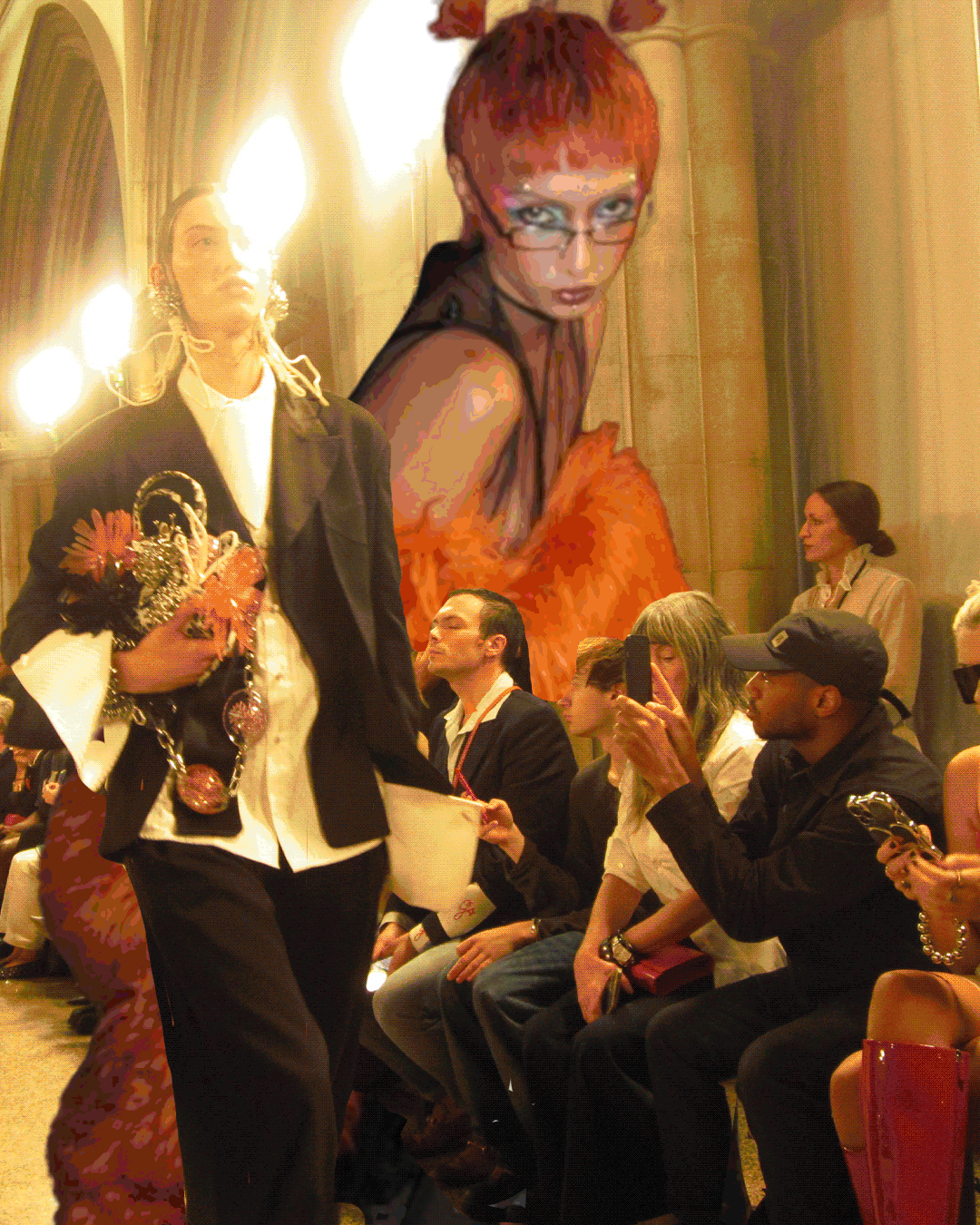Uptown, Downtown, All Around New York : Colorful cabbies know the routes from bistro to Cooper-Hewitt Museum to J. P. Morgan Library.
- Share via
Abraham Finkelstein--white of hair, twinkly of eye--eased his taxi up to the curb on New York’s Central Park South.
“The restaurant Bistro du Nord,” I said as he hit the meter. “It’s on Madison at either 91st or 92nd.”
The cabbie smiled. “If it’s there, we’ll find it,” he said, veering through Central Park.
It was and we did.
The bistro turned out to be a sophisticated charmer: small tables, two stories, an unpretentious city air that could just as easily be in Zurich, Paris or Rome. The family by the window was speaking Italian. The couple at the next banquette seemed to be French. The menu was as cosmopolitan as the crowd.
I ordered a splendid grilled shrimp, served with rice and searing Thai peppers. My New York friend, who had walked from his nearby flat, called the sweetbreads “as good as they come.” I would not touch that argument . . . or that dish.
Since I had arrived at the restaurant a bit early, there was time to stroll the block. The Carnegie Hill Bookstore, on the opposite side of Madison Avenue, was just closing, its proprietors cranking an iron grate over the entrance. Trim men in well-tailored trench coats were walking their dogs and their toddlers, past shimmering tiers of red and pink tulips at a corner market. There was a sense of repose in this Upper East Side neighborhood, a calmer pace than most of Manhattan.
Carnegie Hill is named for Andrew Carnegie, the Scottish-born industrialist and philanthropist who built a mansion at 91st and Fifth Avenue at the turn of the century. In those days, the site was far uptown from most millionaires’ residences. The bulky mansion, its 65 rooms set in lush grounds across from Central Park, now houses the Cooper-Hewitt Museum, which is the Smithsonian Institution’s National Museum of Design. The oddball collection includes furniture, wallpapers, bird cages, drawings, prints, ceramics, jewelry, glasswork, textiles, even buttons--2,000 of them. Exhibitions have such esoteric titles as “Purses, Pockets and Pouches.”
After a long, happy visit at Bistro du Nord, I hailed a cab for downtown. The Latino driver was playing a tape of a cello concerto. He was soft-spoken and cordial.
“It’s the recession,” he explained. “More people are walking or taking the subway. There are lots of empty cabs. We have to try harder.”
“You have a famous name,” I said, reading “Jose Carreras” from the identification card on the visor.
“I am not the tenor,” he said with a shrug, “ . . . but he is not the cab driver.”
The next day, near Washington Square, I rode with Hrachia Valvadian, whose radio was tuned to the kind of zithered lament you might hear at a waterfront tavern in a land of changing name. And I rode with Mathieu Pluvoise, perhaps a Haitian, who was listening intently to the broadcast of a slow, hypnotic voice. The topic was nutrition. The voice kept repeating the word “riboflavin.” Mathieu’s lips moved silently. I decided that he was using the show for a language lesson.
That night I attended the 85th birthday party of the author James Michener, a friend and traveling companion who was honored in a most appropriate setting: the J. Pierpont Morgan Library at 36th and Madison.
At about the time Andrew Carnegie was outfitting his uptown mansion, the financier J. Pierpont Morgan built this marble Renaissance palazzo downtown, adjacent to his residence. It would house his vast--and growing--library of rare books, manuscripts, paintings, drawings and letters. Morgan began collecting at age 14, the story goes, with an autograph of President Millard Fillmore. That autograph, still on display, has been joined by thousands of others.
My favorite room is the East Room, so rich with gleaming woods, artful stained glass, murals spiked with zodiac signs and floor-to-high-ceiling bookcases holding leather-bound volumes, many adorned with gilt and jewels. An original printing of the Declaration of Independence is in one glass-topped cabinet; a 1455 Gutenberg Bible in another. Manuscripts date from the 5th Century. Musical scores are signed by their composers: Bach, Beethoven, Mozart. First editions are almost routine, although many are available only to researchers.
The J. Pierpont Morgan Library is open to the public every day except Monday. Corporate and nonprofit groups can even rent the historic space for private functions.
As with yachts and private jets, I did not ask the price.
More to Read
Sign up for The Wild
We’ll help you find the best places to hike, bike and run, as well as the perfect silent spots for meditation and yoga.
You may occasionally receive promotional content from the Los Angeles Times.






